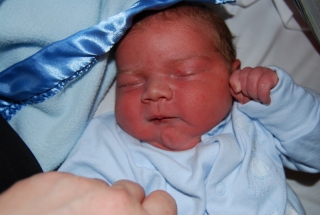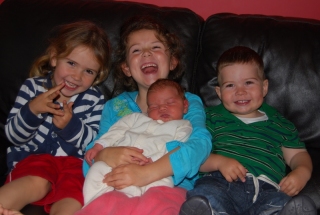This entry is cross posted to my TSSG blog.
Directly from finishing my open source session at the 6th Future Networks concertation meeting I headed for the Brussels airport to catch a flight to Tampere, Finland (via Stockholm) for the 3rd EU-Japan Symposium on Future Internet and New Generation Networks.
The flight was easy going, and the stop off in Stockholm was nice as I got to watch some Champions League football and then relax a little in the Starbucks cafe, catching up on some emails.
Tampere is the third largest city in Finland, and the scene for a number of technological innovations, I was told the first test GSM calls were made here. The actual hotel / conference location was set in a picturesque location by a lake.
The event itself started with some high level presentations on EU Digital Policy, the Digital Agenda for Europe and the ICT Paradigm Shift in this decade. I found the presentation Masahiko Tominaga, Vice President, NICT on NwGN R&D Strategy [pdf] the most interesting of these.
On the next break, it was great to get the opportunity to share lunch with Sasi. Now I know Sasi normally only sits a couple of floors away from me, but it’s times like this we really get a chance to discuss at length a whole miriad of topics.
After lunch the event was broken up into sepereate Tracks and I headed for Internet/Network Architectures session. Sasi presented on the emerging generation of symbiotic networks: Federated Communication Systems [pdf] while I took the opportunity to present on RINA, the Recursive Inter Network Architecture, which is based on the work originated by John Day.
What I took from the whole session was the interesting work of Takeshi Usui (NICT/KDDI Laboratories) on the Virtual Network Mobility:Advanced Mobility Management over Network Virtualization [pdf] and Nao Kawanishi (ATR) on his vision of An Open Mobile Communication System with All Strata Virtualization [pdf].
I was pleasantly surprised by the symposium and people I meet at this event and the first sign of snow, which made the long trip back, via bus to Helsinki and then plane via London Heathrow and onto Dublin a worthwhile one.






